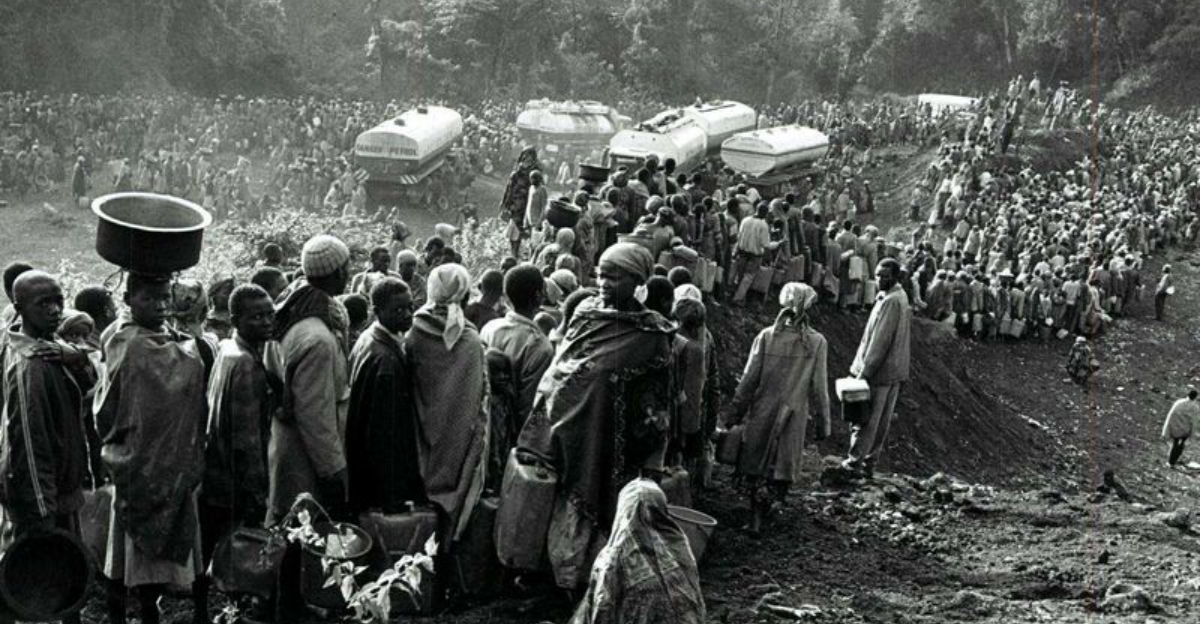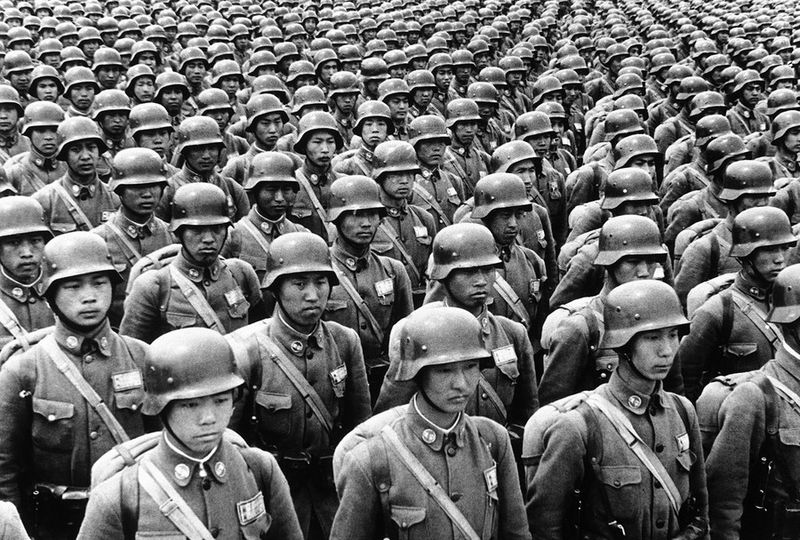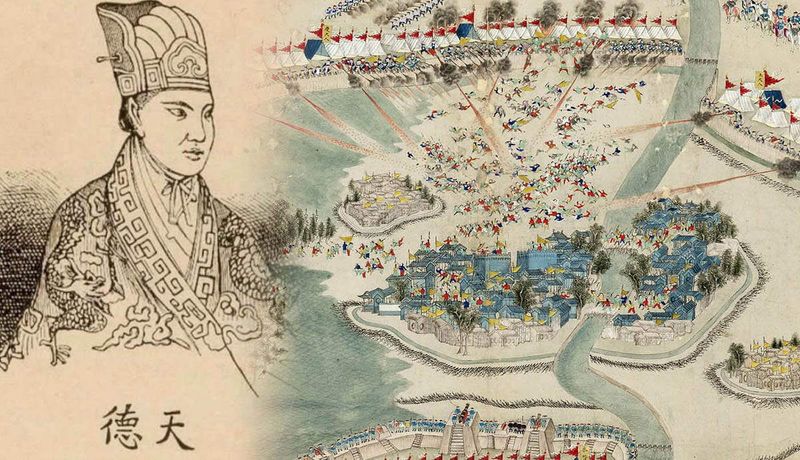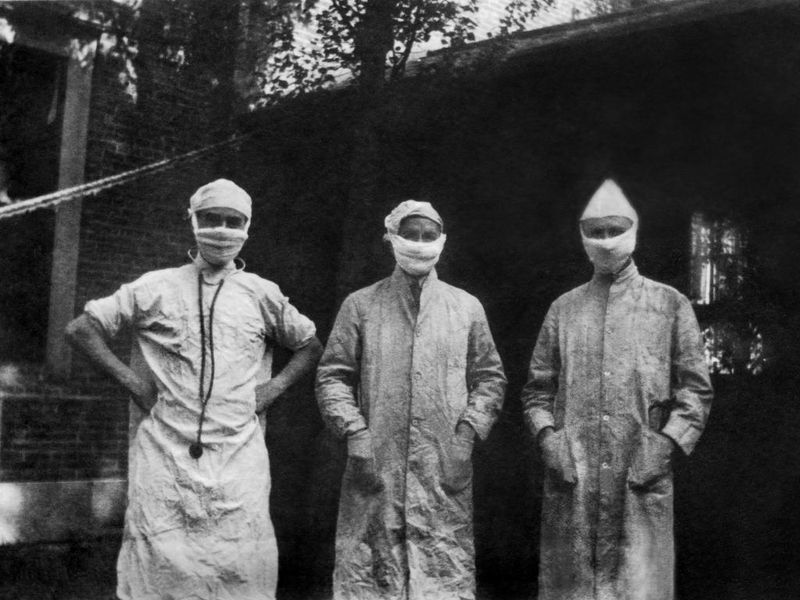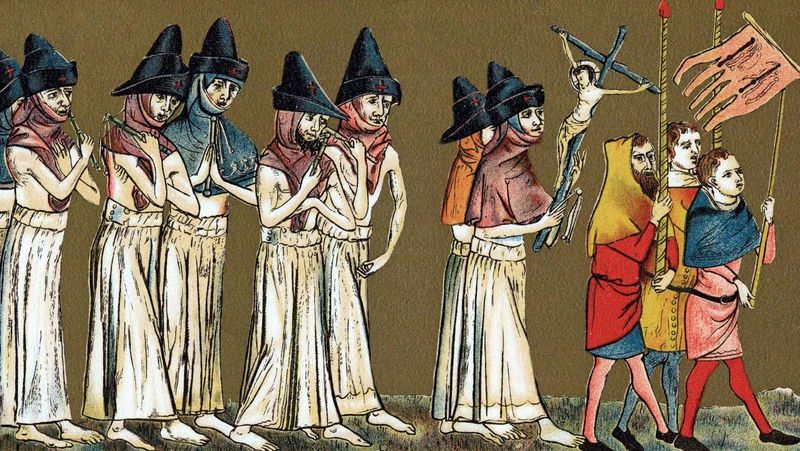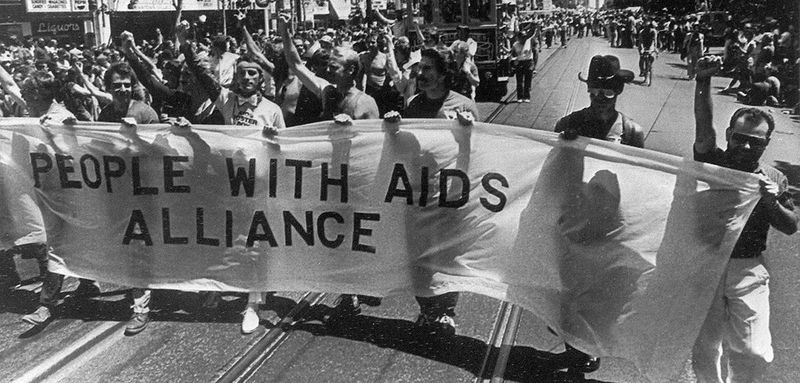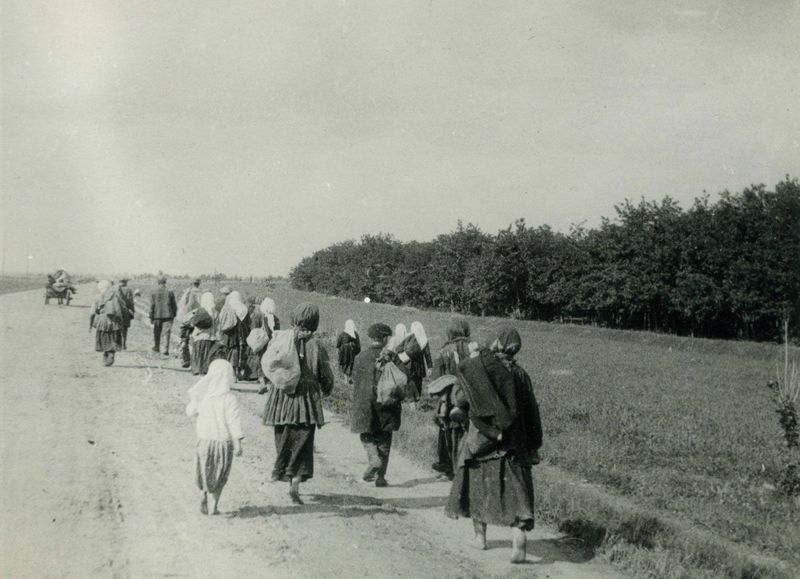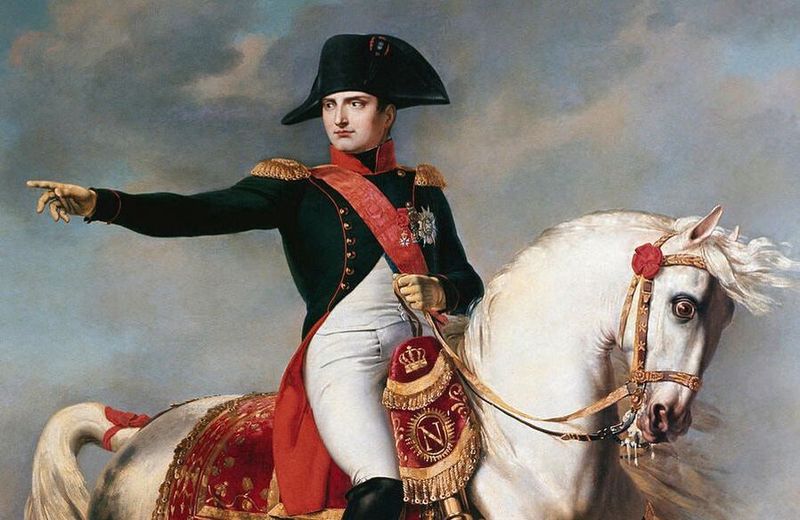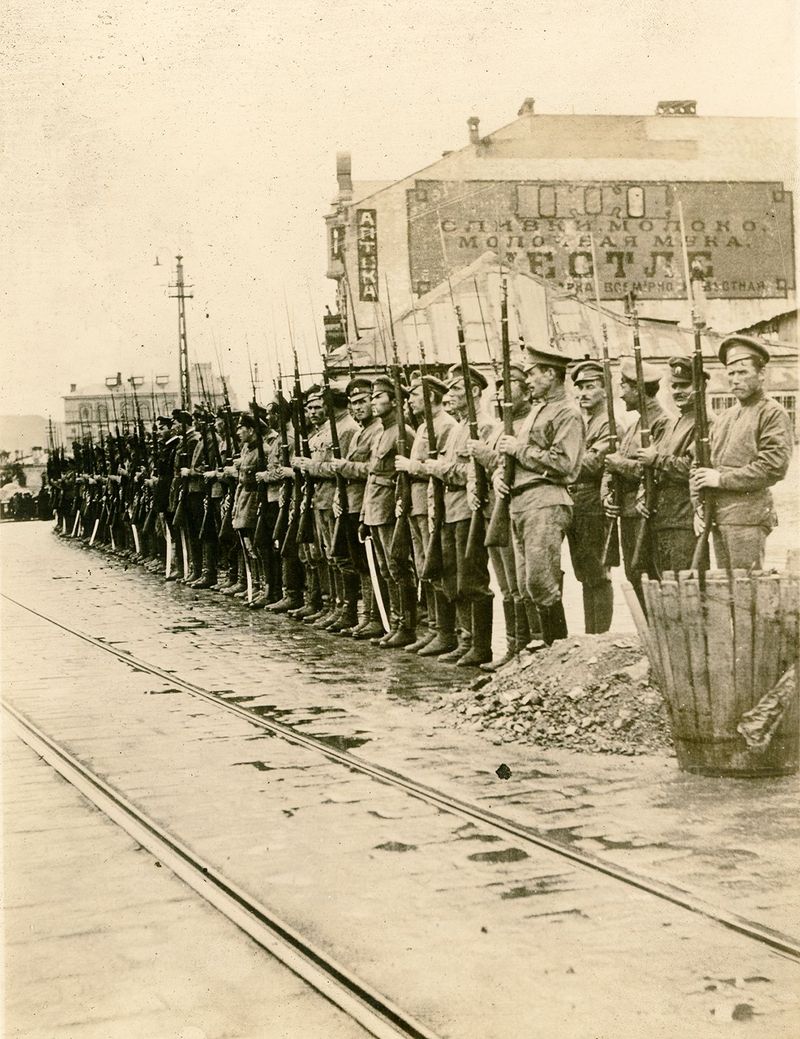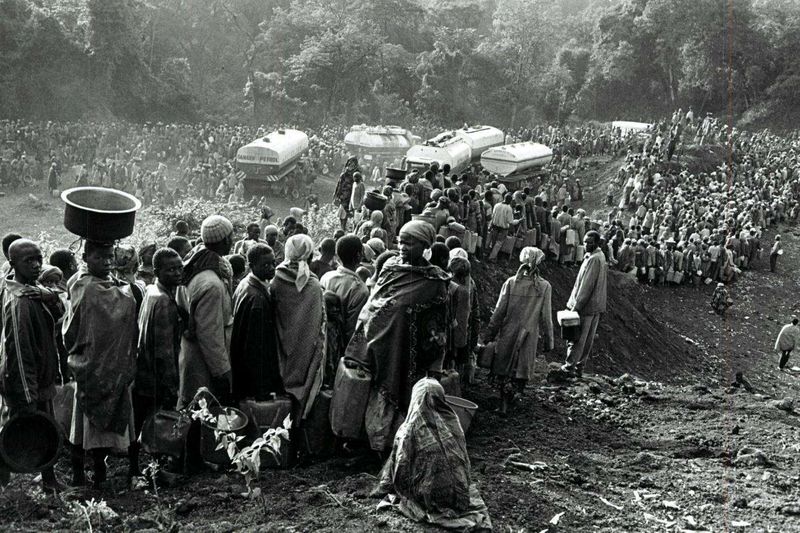Throughout history, certain events have led to unprecedented loss of human life. From wars and famines to pandemics and genocides, these moments are marked by immense tragedy.
This blog post explores 15 such moments where death tolls reached staggering numbers, highlighting the scale and impact of these events.
1. World War II (1939–1945)
World War II stands as the deadliest conflict in human history, forever altering the global landscape. Encompassing the horrific events of the Holocaust, it saw the systematic extermination of six million Jews, among others. Cities worldwide were reduced to rubble through relentless bombings.
The atomic bombings of Hiroshima and Nagasaki in Japan epitomized the deadly capabilities of modern warfare. In a span of six years, this war claimed the lives of 70 to 85 million people. Its repercussions are deeply etched in the collective memory of humanity.
2. The Taiping Rebellion (1850–1864)
The Taiping Rebellion, a civil war in China, resulted in an appalling loss of life. Spearheaded by Hong Xiuquan, who believed himself to be the brother of Jesus Christ, the rebellion sought to overthrow the Qing Dynasty.
Massive armies and prolonged battles devastated the Chinese landscape, leading to 20 to 30 million casualties. Starvation and disease exacerbated the suffering. This period of turmoil reshaped China’s social and political fabric, marking one of history’s deadliest conflicts.
3. World War I (1914–1918)
World War I, often dubbed “The Great War,” introduced the world to modern warfare’s horrors. Trench warfare dominated the European landscape, creating a grim tableau of mud, blood, and despair.
The use of chemical weapons further intensified the suffering, leaving indelible scars on survivors. Coupled with the 1918 flu pandemic, which claimed millions more, the war resulted in 15 to 20 million deaths. Its legacy includes redrawn borders and unresolved geopolitical tensions.
4. Spanish Flu Pandemic (1918–1920)
The Spanish Flu pandemic spread with terrifying speed, infecting a third of the world’s population. Hospitals overflowed with the afflicted, as doctors and nurses worked tirelessly against an invisible enemy.
Characterized by high fatality rates, it claimed 40 to 50 million lives within two years. The pandemic’s impact reached every corner of the globe, altering public health policies and awareness. Its rapid spread and deadly nature serve as a stark reminder of the vulnerability of human societies to disease.
5. The Black Death (1347–1351)
The Black Death ravaged Europe, Asia, and North Africa, leading to a catastrophic decline in population. Bubonic plague, caused by Yersinia pestis, spread swiftly via fleas on rats, leaving no region untouched.
The loss was profound, with estimates ranging from 75 to 200 million deaths. Entire communities vanished, and societal structures crumbled under the weight of the pandemic. This dark period in history reshaped demographics and economies, leaving lasting scars across continents.
6. The Second Sino-Japanese War (1937–1945)
The Second Sino-Japanese War, a brutal conflict between China and Japan, began before merging into the larger tapestry of World War II. The conflict was marked by immense human suffering, including the notorious Nanjing Massacre.
Civilians faced horrific atrocities, with 20 to 25 million lives lost. As the war unfolded, it drew international attention and intervention. The enduring impact of this war is seen in the strained relations and historical grievances between the two nations.
7. An Lushan Rebellion (755–763)
The An Lushan Rebellion rocked the Tang Dynasty to its core, triggering one of the largest death tolls in pre-modern history. Led by General An Lushan, the rebellion sought to overthrow the ruling powers.
The conflict resulted in widespread famine, and the loss of 13 to 36 million lives. It left the Tang Dynasty weakened and its territories devastated. This tumultuous period underscores the fragility of empires and the high human cost of power struggles.
8. HIV/AIDS Pandemic (1981–present)
The HIV/AIDS pandemic continues to haunt the world, claiming over 40 million lives since its emergence. Initially shrouded in stigma and misinformation, it spread rapidly across continents, affecting millions.
Medical advancements have transformed HIV from a death sentence to a manageable condition, but challenges remain, particularly in resource-limited settings. The pandemic has spurred global health initiatives and awareness campaigns, reflecting the ongoing battle against stigma and inequality.
9. Holodomor Famine (1932–1933)
The Holodomor Famine in Soviet Ukraine stands as a grim reminder of the lethal potential of man-made policies. Orchestrated under Stalin’s regime, it resulted in the deaths of 3.5 to 7 million Ukrainians.
Repressive agricultural policies and forced collectivization led to widespread starvation. Despite the scale of the tragedy, it remained hidden from the world for years. Today, it is recognized as a deliberate act of genocide, shaping Ukrainian national identity and memory.
10. Congo Free State Genocide (1885–1908)
King Leopold II of Belgium is infamous for his brutal exploitation of the Congo Free State. Under his rule, millions of Congolese faced mutilation, forced labor, and death.
The rubber trade fueled this atrocity, leading to an estimated 10 to 15 million deaths. Heartbreaking testimonies of survivors and photographs have immortalized the horror. This dark chapter in colonial history exposed the inhumanity of imperial exploitation and contributed to global outrage and reform.
11. Napoleonic Wars (1803–1815)
The Napoleonic Wars reshaped Europe through a series of conflicts led by Napoleon Bonaparte. These wars were characterized by large-scale battles, sieges, and the spread of revolutionary ideas.
The human cost was staggering, with 3.5 to 6 million deaths. The wars’ ripple effects led to significant political and social changes across Europe, influencing future military strategies and alliances. The aftermath saw the rise of nationalism and the redrawing of the European map.
12. Russian Civil War (1917–1923)
The Russian Civil War erupted in the aftermath of the Russian Revolution, pitting the Red Army against the White Army. This conflict was characterized by fierce battles, purges, and widespread famine.
The war claimed 7 to 12 million lives, leaving a profound impact on Russian society and politics. It paved the way for the establishment of the Soviet Union, altering the course of 20th-century history. The stories of survival and resilience continue to resonate in Russia’s cultural memory.
13. Great Chinese Famine (1959–1961)
The Great Chinese Famine, driven by a combination of Mao Zedong’s Great Leap Forward policies and natural disasters, remains one of history’s deadliest famines. Mismanagement and forced collectivization led to food shortages and widespread starvation.
Tragically, 15 to 45 million people perished during this period. The famine’s legacy is a somber reminder of the human cost of policy failures and ideological zeal. It continues to shape China’s historical narrative and collective consciousness.
14. Rwandan Genocide (1994)
The Rwandan Genocide unfolded with terrifying speed, claiming 800,000 to 1 million lives in just 100 days. Ethnic tensions between Hutus and Tutsis escalated into unimaginable violence, leaving deep scars on Rwanda’s national psyche.
The international community’s failure to act remains a stark lesson in the importance of timely intervention. Today, Rwanda’s journey of reconciliation and healing stands as a testament to resilience and hope, even in the darkest of times.
15. Bengal Famine (1943)
The Bengal Famine of 1943 struck under British colonial rule, exacerbated by wartime policies and distribution failures. As rice stocks dwindled, millions faced starvation, with 2 to 3 million deaths as a result.
The famine highlighted the devastating impact of colonial neglect and policy missteps. It remains a pivotal moment in Indian history, fueling calls for independence and reforms. The tragedy underscores the critical importance of effective governance and humanitarian aid during crises.
